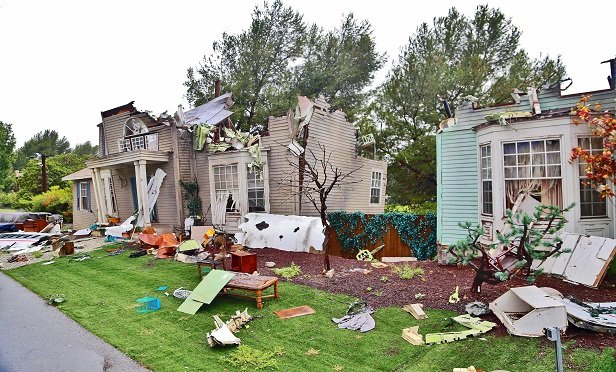 As more insurance stakeholders understand the risks environmental change poses, they see the value of restoring vs. replacing after a loss. (Photo: Shutterstock)
As more insurance stakeholders understand the risks environmental change poses, they see the value of restoring vs. replacing after a loss. (Photo: Shutterstock)
Climate change undoubtedly presents one of the biggest challenges for insurers, their clients, and our society as a whole. The recent report by the Intergovernmental Panel on Climate Change states that the expected net present value of damages from an increase of 2°C of warming are expected to be $64 trillion by 2100. Insured losses in 2017 in the U.S. were the highest on record, at $138 billion, due to major hurricanes and storm events that experts link to climate change.
Today, an increasing number of insurance stakeholders are not just aware of the risks environmental change poses; they are changing their practices relative to the restoration of contents. Insurance executives have acknowledged that 'sustainably restoring contents' benefits all stakeholders, including investors, policyholders and underwriters. Any damages to insured assets require either restoration or payout. Balance sheets and profitability are highly exposed to whether contents are either restored or replaced.
Recommended For You
Want to continue reading?
Become a Free PropertyCasualty360 Digital Reader
Your access to unlimited PropertyCasualty360 content isn’t changing.
Once you are an ALM digital member, you’ll receive:
- Breaking insurance news and analysis, on-site and via our newsletters and custom alerts
- Weekly Insurance Speak podcast featuring exclusive interviews with industry leaders
- Educational webcasts, white papers, and ebooks from industry thought leaders
- Critical converage of the employee benefits and financial advisory markets on our other ALM sites, BenefitsPRO and ThinkAdvisor
Already have an account? Sign In Now
© 2025 ALM Global, LLC, All Rights Reserved. Request academic re-use from www.copyright.com. All other uses, submit a request to [email protected]. For more information visit Asset & Logo Licensing.








